Cuts and Connectivity¶
Connectivity is one of the most widely used topics in graphs, also applied in programming. Without further introduction, let's move to definitions and theorems to become more familiar with connectivity.
Connectivity¶
A graph being connected means that there is a path between any two vertices in the graph.
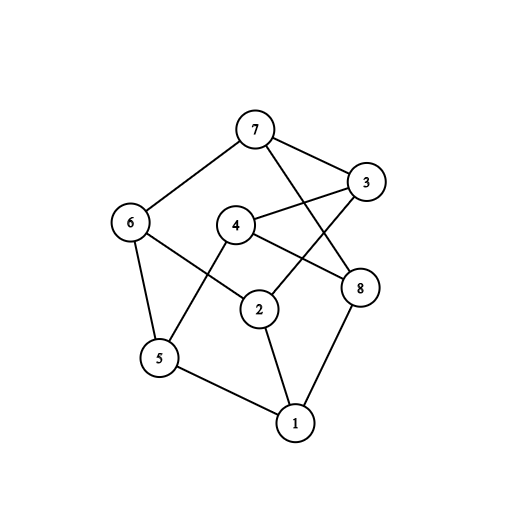

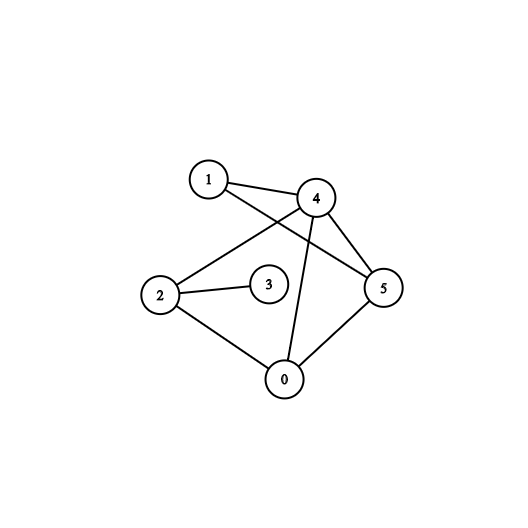
Connected Component¶
Each connected part of a graph is called a connected component. Any graph with more than one component is called a disconnected graph. For example, in a forest, each tree is called a component, and the number of components in the forest is equal to the number of trees present. In the forest below, each component is shown with a different color.
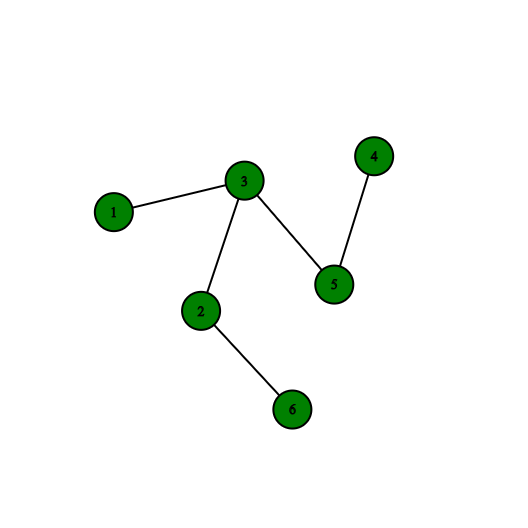
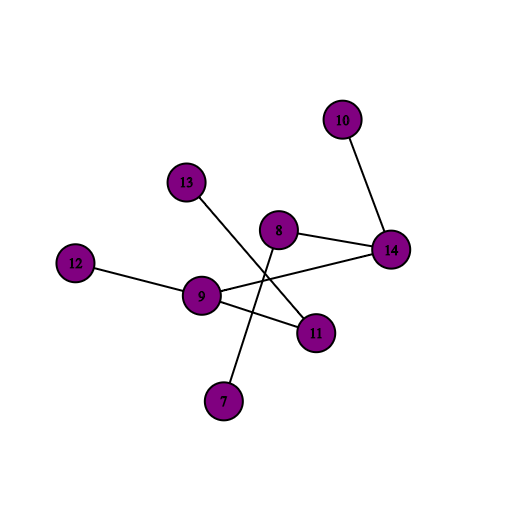

Connectivity in Directed Graphs¶
Weakly Connected¶
If we replace the directed edges of a directed graph with undirected edges, and the resulting graph is connected, then we say the original graph (with directed edges) is weakly connected.
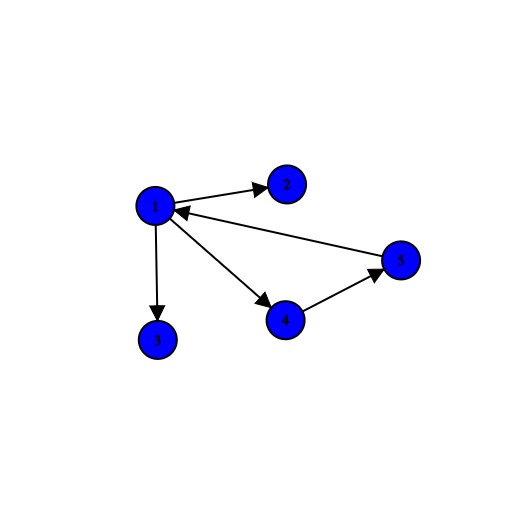
Strongly Connected¶
A directed graph is called strongly connected if for any two vertices u and v, there is a directed path from u to v and a directed path from v to u.
Algorithms for finding strongly connected components are used to solve \(2-SAT\) problems.

Strong Component¶
Strong components are the maximal strongly connected subgraphs of a graph.
Cuts¶
Cut Vertex (Articulation Point)¶
A vertex is called a cut vertex if, after its removal from the graph, the number of its components increases.
Cut Edge (Bridge)¶
An edge is called a cut edge (or bridge) if its removal increases the number of connected components. An edge uv that is part of a cycle in a graph cannot be a cut edge, because after its removal, the two vertices u and v still have a path between them (through the rest of the cycle), so no new component is added to the graph.
